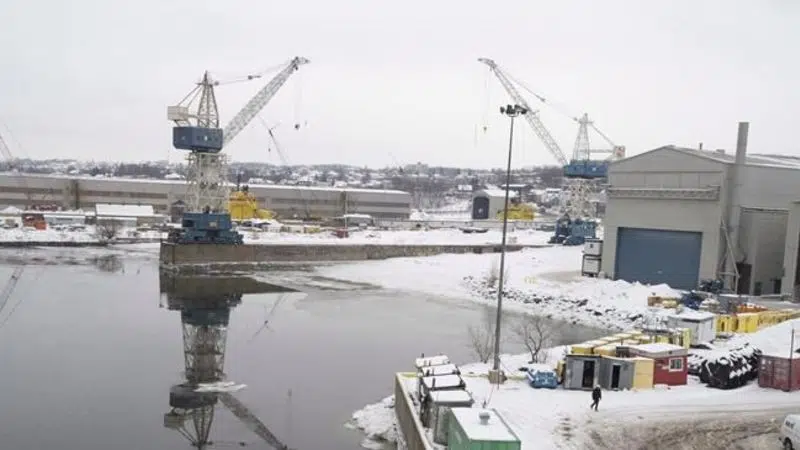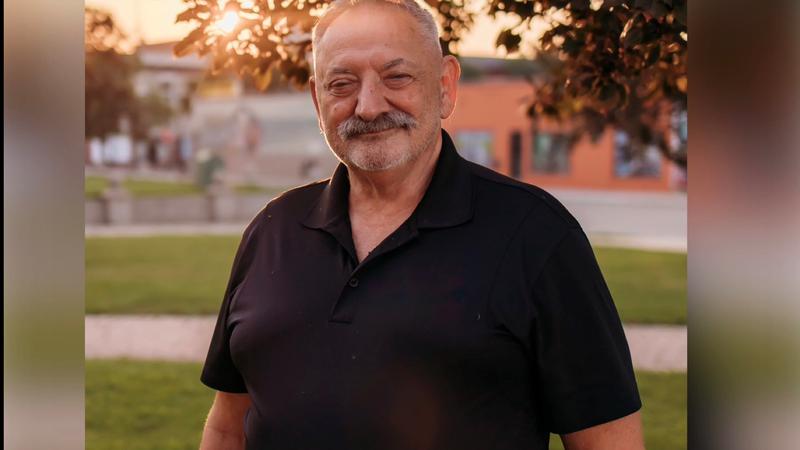
Davie, rivals square off over future of multibillion-dollar shipbuilding plan
OTTAWA — The president of Davie Shipbuilding says he is confident the Quebec-based shipyard will be tapped to build two new ferries included in this week’s federal budget.
But James Davies says it is time the federal government stop rewarding other shipyards for failing to deliver new vessels to the navy and coast guard, and officially admit his company into the multibillion-dollar national shipbuilding plan.
The comment came late Wednesday as top officials from Davie and its two bitter rivals, Vancouver-based Seaspan Shipyards and Halifax-based Irving Shipbuilding, appeared one after the other before the Senate finance committee.


